Introduction: The Dawn of Limitless Creativity
"Every artist was first an amateur." - Ralph Waldo Emerson. These words remind us that creativity often begins as a raw, untapped potential. With the advent of Artificial Superintelligence (ASI), this potential is poised to transform into something extraordinary. Imagine a world where the boundaries of human creativity are expanded beyond comprehension, a universe where art is no longer confined by human limitations but is instead elevated to new heights. ASI is not merely a tool; it's a catalyst for the unthinkable, turning the ordinary into the extraordinary. (source)
Quick! Did you know that over 60% of young artists now rely on AI tools to assist in their creations? It's a staggering thought, isn't it? Just three decades ago, the concept of a machine aiding in artistic endeavors was reserved for sci-fi novels. Luminaries like Brian Eno, Douglas Hofstadter, and Sherry Turkle have long pondered the implications and potential of AI in the realm of creativity. Their thoughtful explorations set the stage for the current transformative landscape.
As we journey into this exhilarating new era, it's essential to ask, "What does this partnership between human and ASI mean for the average artist?" Picture creativity as a vast canvas, where each stroke of genius could unlock infinite possibilities. The collaboration between human intuition and artificial intelligence promises a renaissance, breathing new life into art forms that were once unimaginable. As ASI takes its position as both muse and mentor, we're left with a tantalizing question: How far can human creativity truly go when empowered by technology?
A necessary pause here, though—like any unapologetic rollercoaster ride, this journey has its ups and downs. There are ethical considerations, questions of authenticity, and worries about homogenization in art. But isn't that the beauty of any great adventure? The unknown is where true innovation lies, ready to be discovered. So buckle up and prepare to dive beyond the horizons of traditional art into a realm where ASI and artistry are intertwined in an electrifying dance of innovation.
The Transformation of Artistic Expression through ASI
The Historical Context: Art and Technology
Once upon a time, in the realm of creativity, art and technology were like distant cousins at a family reunion—slightly awkward and unsure of how to engage. Until the invention of the camera, artists like Leonardo da Vinci relied solely on their own skill and imagination. But the camera came along and opened a new world where anyone could capture reality with just a click. Suddenly, realism wasn't solely the artist's domain, and this inspired new movements like Impressionism, where painters like Claude Monet explored light and emotion over perfect mimicry.
Fast forward a few centuries, and we see how the arrival of the computer revolutionized the art world again. It's like technology gave art a new set of crayons—digital ones. Artists started using these digital tools to create art on screens instead of canvas. Stunning works could be made, altered, and even animated, setting the stage for the birth of digital art as a major force in creative industries.
As we sketched our way through history, we sometimes faced technological puzzles. But time and again, each new invention led to bold artistic movements that pushed the boundaries further. With the arrival of artificial intelligence (AI), we're at another crossroads. Will it be the ultimate partnership or just another tool in the ever-growing artist toolkit? Let’s paint a picture of the present to find out.
Current Trends: AI in the Art World
Today, AI is the shiny new brush in an artist's arsenal. From music to visual arts to literature, AI is transforming the creative process like never before. Remember that song you loved? It's possible it was co-composed by a robot! That's right, bots can bop, and they're doing a great job at it. AI-generated art has burst onto the scene, creating works that range from the near perfect to the perfectly perplexing.
Case in point: "Portrait of Edmond de Belamy", an AI-generated portrait sold at auction for a gobsmacking $432,500! Who knew that the partnership of a Paris collective called Obvious with an algorithm could raise eyebrows and auction paddles alike?
These AI advancements have also spawned new genres, like generative art. This genre relies on computer-generated patterns or images created using algorithms. The algorithm acts as co-creator, providing unique outputs that can delight, shock, or tease us with glimpses into a future art world we can barely comprehend.
Or consider the world of literature, where AI is being used to pen entire novels. While not all of them are works of genius, some AI-written stories leave us questioning the limits of creativity. If machines can write gripping yarns, what does that say about the source of creative genius? As we contemplate this, we can only speculate where AI's paint-pot will splash next.
Future Visions: Beyond Human Imagination
Let's dip our toes into the vivid waters of the future. Picture a land where AI and art not only hold hands but dance a waltz of creativity we can scarcely imagine. AI stands poised to augment human creativity in ways we can't even predict. It's like having a creative assistant, a muse from the future, ready to inspire and challenge us to go places we'd never dream of alone.
The possibilities stretch far beyond simply upgrading existing artistic avenues. Picture an artist's studio merged with a space station, where creativity is not confined by earthly constraints. Would artists explore new dimensions, layers, and expressions that defy conventional understanding? Could we witness sculptures made of sound waves, interactive paintings changing with our heartbeat? Perhaps one day, art may become a symbiotic collaboration, AI allowing us to explore the uncharted territories of our own imaginations.
The horizon seems open to vast possibilities. However, it's worth asking if AI will inspire creativity or, in some ways, constrain it? Like any powerful tool left unchecked, it may amplify human effort or dwarf it under its programmed prowess. Ultimately, the partnership of AI with human creativity will rest in our hands. Will we embrace AI as a power-up in our artistic journey or view it as an interstellar interloper attempting to subvert our creative spark?
As we stand on this precipice, the future is bright. Together, with ASI, we may find the impossible, dive into unseen depths, and create works that reach beyond what any one of us could achieve solo. To infinity and beyond, indeed!
The Intersection of Human Intuition and Artificial Intelligence
Understanding Creativity: A Human Trait
Creativity is like magic. It's the ability to think of new things and make unique stuff. Why is this so special? Well, nobody else can do it quite like humans. Imagine a world where everything is the same. Boring, right? Humans bring color and life to the world with their ideas.
But what makes creativity tick in our brains? Researchers say it's a mix of imagination, past experiences, and spontaneity. Imagine you’re making a sandwich. You don’t want the same old peanut butter and jelly every day. So you throw in some potato chips and banana slices. Bam, a new creation! This mix and match of flavors is a bit like how creativity works.
Take a peek into the theories of creativity with Wikipedia's take on creativity. Feel free to follow the rabbit hole! Remember, creativity is as much about playing as it is about producing.
Machine Learning in Creativity: Algorithms and Patterns
Enter Artificial Intelligence, our digital Picasso. AI is sweeping into the creative scene, using patterns and algorithms to whip up artwork, music, and even books! How does this mechanical magician do it? Well, it's all thanks to its sidekick, Machine Learning.
Machine Learning is like teaching a child to recognize a cat. Show enough cat pictures, and the kid will start spotting cats everywhere. AI systems like IBM Watson learn in a similar way. They chew through boatloads of data to understand patterns and create something new.
AI isn't working alone. Take The Tate Galleries using machine learning to craft surreal art exhibits or musicians partnering with AI to produce chart-topping hits. The realm of creativity then becomes a sprawling playground for both human minds and 0s and 1s. With the lines blurring, AI is that new kid in class everyone wants to work with on a project.
The Synergy of Intuition and Intelligence
Imagine a world where human intuition dances with artificial intelligence like Fred Astaire and Ginger Rogers. Okay, maybe that’s a bit of a stretch, but you get the point. When humans and AI collaborate, the magic happens. Both strides into unknown artistic territories will produce things never seen before.
Think of AI as the helper who holds the pencil, while the human artist directs the strokes. They create art that breaks old norms—an electric partnership of logic and feelings working together to make sparks fly.
Artists like Obvious Art Collective have already dipped their toes in these waters. Their AI-generated artwork sold for a staggering sum, proving that the synergy of mind and machine can craft peculiar masterpieces.
In the end, humans bring imagination and emotions, while AI brings the muscle to rapidly process loads of information. Together, they make a team that could possibly redefine what 'art' means in the years to come. So, what will happen when your trusty computer becomes a co-artist rather than just a tool? It might be time to find out!
Ethical Considerations in AI-Generated Art
Ownership and Intellectual Property
Imagine walking through a gallery, dazed by vibrant paintings that not a single human hand has touched. They are the creations of an AI. But who actually owns this art? Is it the machine humming away in a backroom? Or the developer who designed the software? Maybe it's the person who prompted the AI to paint? These questions baffle legal experts and artists alike, much like a cat caught in a hall of mirrors.
As artificial intelligence (AI) continues to push creative boundaries, it brings a new frontier of intellectual property challenges. Laws, as they stand, don't quite fit this modern Picasso-like dilemma. In traditional art, the creator holds the copyright. But with AI, the lines blur more than a watercolor rainstorm. In 2018, a piece of AI-generated art even sold at an auction for $432,500, sparking a debate on who profits from these creations (Christie's Auction).
Some lawyers argue that assigning copyright to AI threatens human creators' livelihoods. This vista is akin to robots building houses while carpenters stand jobless. Yet, others see AI as a tool like a paintbrush or camera, with only the operator having rights. The US Copyright Office leans towards this view. But as AI evolves, societies might need to rethink what creativity truly means.
Authenticity and Value of Art
Art is a window to the soul, a peek into someone's thoughts and emotions. So, can a creation by a collection of algorithms ever capture the same essence? Critics wonder if AI art holds any emotional or cultural value. Is it like comparing a gourmet meal to fast food—palatable but not deeply satisfying?
Interestingly, the V&A Museum in London has showcased AI art alongside works by renowned artists, proving the skeptics wrong. AI art can indeed move audiences and provoke reflection, much like its human-made counterparts. But when purchasable art options have exploded with the click of a mouse, what determines value in AI art?
Perhaps it’s the novelty or sheer complexity that drives a masterpiece's worth. But can a machine-generated image stir emotions or reflect societal issues in the way human art does? Some argue that AI art lacks the "spirit" that makes creations so invaluable. However, as people increasingly view innovation as art's new frontier, these mechanical muses provide something fresh and exciting, much like a dessert that looks too good to eat.
The Role of Artists in an AI-Driven Future
As AI platforms evolve, the role of human artists may seem to teeter on the edge of obscurity, akin to an actor fearing a world overrun by CGI. But is the artist an endangered species? Hardly. Instead, humans can harness the power of AI to redefine their craft, like a sculptor with a digital chisel.
Many artists are already collaborating with AI to dream up art pieces unimaginable by either party alone. AI-generated music, for instance, has inspired musicians across the globe (OpenAI's Dall-E), allowing new genres to flourish like wildflowers in spring. By collaborating with AI, artists can weave technology's capabilities with their own vision for a richer tapestry.
Moreover, artists possess something AI lacks—empathy, intuition, and the splendor of human experience that flavor art with personal touch. In a balanced future, AI can complement this creativity, exploring what is possible when dynamic humans and ingenious machines work hand in hand. Perhaps this cooperation, much like a duet between a violin and cello, will reveal how relevant, enduring, and utterly fascinating human artistry remains.
ASI's Role in Democratizing Art Creation
Accessibility to Artistic Tools
Let’s dive into the vibrant world of art, where imagination has no bounds! Every artist, whether a novice with a dream or a seasoned virtuoso, dreams of a future where creativity knows no limitations. Imagine a world where anyone, from anywhere, regardless of their resources, can create Masterpieces. ASI holds the revolutionary power to democratize art like never before. It’s like giving every aspiring Vincent van Gogh or Pablo Picasso a brush and a canvas that responds to their every whim.
The revolution starts here, by making creative tools accessible and affordable. With advanced technologies like Adobe Photoshop and Blender, industry-standard tools are powerful. But what happens when ASI goes a step further? Think of tools that read your mind, tools that shapeshift according to your ideas, a form of artistry within reach of every human hand.
Take a moment to think of a twenty-year-old art enthusiast in Brazil who aspires to create an animated short film. In the past, they had to face daunting hurdles: expensive software, lack of mentorship, limited access to learning resources. But now, there's hope. Thanks to ASI, these obstacles begin to dissolve. Free and user-friendly tools powered by TensorFlow or PyTorch level the artistic field and expand the horizons of creativity.
But this is not just about technology; it’s about bringing people together. Initiatives like Creative Time open doors to artistic collaboration. Imagine programs where a student can collaborate with professionals on cutting-edge projects. It’s tapping into the wisdom of seasoned artists and the fresh perspective of newcomers. With ASI, we orchestrate symphonies where every note plays a pivotal role.
Bridging Cultural Divides: A Global Art Community
Art is a universal language. It speaks to the soul, transcending words, continents, and cultures. Color, sound, and form weave stories that spiral through time and space. ASI stands at the bridge, linking diverse cultures into one colossal art community. Picture a bustling art studio bustling with creatives from New York to Nairobi, where ideas blend into a kaleidoscope of innovation.
The world brims with rich tapestries of tradition, yet art can become insular, contained within boundaries. How can we connect artists in Mumbai with others in Paris or Tokyo? More context on global collaboration in art can be found in this UNESCO report. Imagine a virtual gallery, alive with sculptures and paintings where mesmerizing pieces are created and displayed by talents from Madagascar to Mongolia. ASI sculpts this possibility.
Through the magic of AI-driven platforms, cultural mashups become a celebrated norm. Digital art fairs, interactive studios, and virtual canvases allow a fusion of perspectives. Think of social platforms like Reddit’s Art Community, yet amplified by ASI to enable real-time co-creations.
Collaboration is atulwar, dialogues bridging continents. Artists share methods, techniques, and themes from diverse cultures, fostering mutual respect and understanding. The convergence of ideas results in dynamic, vibrant pieces that otherwise might never have existed—a tapestry of human creativity and unity.
The Future of Art Education with ASI
The bedrock of art experiences is education, yet art education is often hobbled by outdated paradigms and resource constraints. Yet, within the facet of ASI shines a light of possibility, offering transformative learning experiences that seem custom-tailored. Imagine a classroom where students converse with virtual mentors like Leonardo da Vinci or Frida Kahlo, learning techniques, lessons, and ethos—echoed through the corridors of time.
ASI offers dynamic solutions to revolutionize art education by making it interactive and engaging. Personified, ASI becomes a guide, a muse, often pushing learners beyond the ordinary. Platforms such as Khan Academy and Coursera offer glimpses of this future. However, next-gen lessons will utilize immersive simulations where students attend 'virtual ateliers.' Detailed feedback, predictive teaching methods, and personalized skill development come alive.
Here’s the wild dream: a system that syncs with individual learning needs. Whether crafting pottery, painting portraits, or creating digital animations — each student receives guidance tailored to their stage, talent, and goals. It's akin to having a personalized curator who knows when to whisper a poem or offer a new brush.
Programs designed to ignite innovation could transform the ordinary student into an extraordinary visionary. As ASI grows, so does its ability to merge tactile learning with digital fluency, effectively fostering a new generation of creators ready to master the blend of heart and machine. As tradition mingles with technology, we find students not just learning art—but living it.
Can these powerful mind tools truly bridge gaps and inspire global renaissance? Isn’t the collective urge for creation too profound to be restrained? Join us in the cascade of colors and dreams, sprouting and unfurling. Humanity's spirit, dancing with circuits, finds synergy to passage from creation to connection. It’s a new dawn, and we invite you to color the skies along the way. 🌈🎨
Challenges and Limitations of ASI in Artistic Creation
Technical Limitations of Current ASI
Artificial Superintelligence, or ASI, is a fascinating field that promises to revolutionize the way we create art. However, it's not without its hurdles. One of the first challenges is the technical limitation of current ASI systems. While ASI can process vast amounts of data and even produce stunning pieces of art, they often lack the ability to truly understand human emotions and the subtle nuances that come with them.
For example, consider how artificial intelligence creates music. The AI might compose a piece that technically adheres to the rules of music theory. But what it may miss is the emotion or story that a human composer weaves into their work. This emotional depth is often what makes art resonate with people, and it's something that machines struggle to replicate.
Additionally, current ASI systems often rely heavily on patterns. They’re excellent at mimicking styles and generating art that looks similar to existing works. But they’re not so strong when it comes to innovation. Creativity, at its core, is about breaking away from the norm and introducing new styles and concepts. For this reason, there are doubts about whether ASI can ever truly 'create' in the way we understand creativity.
| Challenges | Description |
|---|---|
| Lack of Emotional Understanding | ASI struggles to grasp and convey human emotions |
| Pattern Dependence | Highly reliant on existing patterns and styles |
| Innovation Barriers | Difficulties in deviating from traditional creative approaches |
Cultural Implications: Globalization of Art
As ASI becomes more involved in the art world, we must consider the potential cultural ramifications. One such discussion focuses on the globalization of art. With access to ASI, artists worldwide can remix styles, techniques, and cultures with ease. But this raises a question: Are we risking the homogenization of art?
Globalization, while beneficial in many ways, carries the danger of watering down cultural identities. Consider a world where every piece of art is a blend of all cultures. While this might sound harmonious, it could mean the loss of unique styles and voices that take centuries to develop. Imagine if all music sounded the same, or if every painting started to blend into a single aesthetic. Would we lose the diversity that makes art so rich and captivating?
Moreover, there are ethical questions surrounding the use of cultural elements by AI. When an AI incorporates elements from a particular culture without permission or understanding, it borders on cultural appropriation. There needs to be a discussion about how we can protect cultural identities and ensure that ASI enhances rather than erodes them.
- Risk of cultural homogenization
- Potential loss of unique cultural identities
- Concerns about cultural appropriation by AI
The Future Influence of ASI on Artistic Communities
Visiting an art gallery or attending a concert reveals more than just the art itself; it's about people coming together, sharing experiences, and forming communities. But with the rise of ASI in art, how will these communities evolve?
Firstly, there's the potential for art to become more democratized. ASI can give more people the tools to create art, bringing in voices that might otherwise be excluded. However, this could also change the traditional art market. If everyone becomes an artist, how do we value art? Would the meaning behind the term 'artist' lose its significance if anyone with access to ASI can generate impressive works?
Additionally, traditional career paths for artists could shift dramatically. Artists have historically relied on galleries, museums, and patrons for commissions and exposure. With AI-generated art, these institutions might change their focus, or new platforms might emerge that cater specifically to AI works.
Yet, this shift doesn't have to be negative. While there might be challenges, there's also potential for ASI to support artists by taking over mundane tasks, allowing them more time to focus on pure creativity. For example, an artist might collaborate with ASI to draft initial sketches or manage their social media presence.
Consider some possibilities:
| Impact Area | Potential Change |
|---|---|
| Democratization of Art | More individuals gaining access to artistic creation tools |
| Altered Art Market | Changes in how art is valued and marketed |
| New Career Paths | Evolving roles and opportunities for artists and ASI |
With these changes in mind, it is crucial to consider how artistic communities can adapt. Artists might collaborate with technologists, bridging the gap between human creativity and machine capabilities. Meanwhile, art educators could teach new generations about the power of technology in art, ensuring that the next wave of artists is equipped to navigate this evolving landscape.
The intersection of ASI and art promises a future ripe with innovative possibilities. But it also prompts vital questions and necessitates thoughtful consideration. As we continue to explore the role of ASI in artistic creation, we should aim to balance technological advancements with a steadfast commitment to preserving the human essence of art.
ASI Solutions: Methodical Approaches to Empowering Human Creativity
The fusion of Artificial Superintelligence (ASI) with the creative sector sparks a revolution that challenges the conventional boundaries of artistic expression. Infusing new technology into art not only amplifies what is possible but redefines the very essence of creativity by formulating innovative methodologies that empower individual and collective artistic endeavors. To harness the unparalleled potential of ASI, a systematic approach is key. This approach should be rooted in adaptability, exploration, and interdisciplinary engagement.
To effectively ideate this transformation, we’ll explore a comprehensive strategy that advocates a blend of advanced algorithms, collaboration, artistic workshops, and sound feedback loops. This same comprehensive approach created waves in historical scenarios, like the collaboration of scientists under eminent leaders during the Manhattan Project. However, this plan will leverage modern technology and revolutionary thinking to nurture creativity and artistic innovation in ways yet untouched.
Let’s dive deeply into a roadmap that institutions, organizations, or governments can adopt to invigorate the art world while fostering collaboration and inclusivity!
Actions Schedule/Roadmap (Day 1 to Year 2)
- Day 1: Define Key Goals and Vision
- Gather a multidisciplinary team comprising artists, technologists, data scientists, and cultural scholars to establish a unified vision for integrating ASI into creative processes.
- Create a clear mission statement that outlines how ASI will enhance creativity, focusing on empowering human artists, fostering innovation, and creating global artistic collaborations.
- Day 2: Assemble a Core Team
- Identify key stakeholders and partners from various sectors, such as industry experts, academic institutions like the Massachusetts Institute of Technology (MIT), and art organizations.
- Form a board consisting of leading figures in art and technology, making sure diverse opinions are represented to cover all creative perspectives.
- Day 3: Research Existing ASI Technologies
- Conduct thorough research and audits of existing ASI technologies with artistic applications, collaborating with institutions like the Association for the Advancement of Artificial Intelligence (AAAI).
- Analyze case studies of successful ASI integration in art, such as AI-generated music from platforms like OpenAI or artworks created by Artbreeder.
- Week 1: Set Up Creative Workshops
- Launch workshops and hackathons designed to explore how artists can experiment with ASI tools, ensuring inclusion from artists of varying backgrounds and expertise.
- Invite tech experts to guide hands-on sessions, allowing artists to explore AI tools such as Deep Dream.
- Month 1: Data Collection and Algorithm Refinement
- Collect feedback from workshop participants and gather data on how ASI tools influence creativity and artistic expression.
- Collaborate with AI engineers to refine algorithms based on user experiences. Utilize data analytics for continuous improvement of AI applications, aiming to better align them with human artistic intent.
- Year 1: Launch Pilot Arts Projects
- Initiate pilot art projects that blend ASI with traditional artistic processes. Collaborate with renowned institutions like The Arts Centre to showcase innovative results.
- Gather extensive data on audience reactions, artist experiences, and impact on creative trajectories. This feedback will guide further enhancements to the ASI tools being utilized.
- Year 1: Establish International Collaborations
- Foster global partnerships with artists, tech companies, and educational institutions across countries, facilitating the exchange of ideas and cultural perspectives.
- Engage artists from diverse cultural backgrounds to create an inclusive global art community that can leverage ASI technologies across borders.
- Year 2: Expand Initiatives and Launch Global Exhibitions
- Leverage successful project outcomes from pilot initiatives to expand into larger-scale artistic endeavors, facilitating global exhibitions of AI-enhanced artworks.
- Host symposiums featuring thought leaders in art and technology, providing a platform for dialogue on the ethical implications, artistic autonomy, and cultural significance of AI in the creative domain.
This methodical action plan lays the foundation for a vibrant ecosystem that synergizes human creativity with the power of ASI. In embarking upon this journey, institutions will catalyze the democratization of art and pave the way for future generations of artists to flourish, innovate, and create masterpieces that challenge our very understanding of creativity.
Conclusion: The Future of Limitless Creativity
As we stand at the nexus of art and technology, the opportunities presented by Artificial Superintelligence (ASI) are boundless, inviting us to contemplate a future where creativity knows no limitations. Picture a world not just dominated by geniuses or elite artists but a vibrant community of creators, fueled by the enhanced capabilities of AI. This potent combination of human passion and machine precision can lead to artistic expressions that amaze and inspire, often beyond what we can currently fathom.
The journey into this uncharted territory is akin to stepping into a mesmerizing art gallery, where every corner offers unexpected revelations. You can see creative communities blossoming across the globe, as individuals from diverse backgrounds utilize ASI tools to produce works that reflect their unique identities and experiences. By breaking down geographical barriers and democratizing access to artistic resources, ASI empowers everyone—regardless of their background—to participate in the vibrant tapestry of global art culture.
However, this revolution invites us to address crucial ethical considerations. Who truly owns the art generated by ASI? As technology advances, it reshapes not only how we create art but also the very definition of authorship. As we move forward, we must ensure that the voices of human artists remain at the forefront, where their emotions and stories enhance the art created alongside AI. The potential for ASI to augment human creativity is unmatched, yet we must find a balance that honors the intricacies of the human experience.
As we navigate this landscape, we should remember the lessons learned throughout history. Technology continually shapes art, from the invention of photography to the advent of digital media. ASI represents an evolution in this ongoing narrative—an intricate dance between intuition and computation. Just as artists adapted to each technological leap, so too must we embrace the convergence of human intuition and AI innovation, cultivating a world where the boundaries of artistry are consistently reshaped.
The partnership between artists and ASI carries the promise of new possibilities—a kaleidoscope of color, emotion, and thought. Let us imagine a future where creativity flourishes untethered by traditional constraints. This isn't merely a technological quest; it reflects our innate human desire to express, connect, and inspire. We must be advocates for the ethical use of ASI, ensuring it serves as a tool for enrichment rather than replacement. Art is a celebration of the human spirit, and it’s the partnership with technology that challenges us to delve deeper into our own creativity.
As you ponder the road ahead, consider how ASI will influence your creative journey. Will you embrace the tools of the future and redefine artistic expression? The canvas is blank, awaiting your strokes of genius blended with the intelligence of AI. Together, let’s craft a narrative where art transcends limitations, sparking inspiration that resonates across time and cultures—truly the dawn of limitless creativity.
FAQ
1. What is ASI and how does it relate to art?
ASI stands for Artificial Super Intelligence. It is an advanced form of AI that aims to surpass human intelligence. In the art world, ASI can create artworks, music, and literature by learning from existing works. It opens up new possibilities, allowing artists to collaborate with technology in exciting ways and to create beyond what we thought possible. To learn more about AI technology and its impact, you can check out MIT Technology Review.
2. How has technology changed artistic expression over time?
Technology has greatly influenced art throughout history! From the invention of the camera in the 19th century to digital art and graphic design today, each new tool has changed how artists create. For example, the rise of the internet has made it easier for artists to share their work with people all over the world. Technology connects us and expands our creative boundaries.
3. Can machines really be creative?
Yes! Machines can be creative in their own unique way. They can analyze millions of patterns and styles to create something new. For instance, AI programs like Artbreeder allow users to mix and match images to create original pieces of art. However, the creativity of machines often stems from the data provided by human artists. Think of it as a mixture of human inspiration and machine learning!
4. What role will human artists have in an AI-driven future?
Human artists will still hold an important place in the art world, even with AI tools available. Instead of replacing artists, ASI can help them discover new ideas and ways of working. Artists can learn to use AI as a collaborator, combining human emotion and storytelling with the processing power of machines. This partnership could lead to something truly magical and extraordinary!
5. Are AI-created artworks considered valuable?
Yes, they can be! The value of art is often determined by emotions, experiences, and connections. Even if a piece is created by AI, if it resonates with someone or tells a story, it can hold value. Moreover, AI can help democratize art, making it accessible to more people. To delve deeper into this topic, check out Tate's article on AI in art.
6. How can ASI help make art more accessible?
ASI can lower the barriers to creating art by providing tools that are easy to use. People from various backgrounds who may not have had access to traditional art supplies can now create using their phones or computers. Platforms like Canva offer design tools that anyone can use, fostering a more inclusive art community.
7. What are some challenges of using AI in art?
There are some challenges when using AI for creating art. For example, AI struggles to capture the emotional depth of human experiences. Additionally, as AI influences art, there are concerns about losing cultural uniqueness and authenticity. It's crucial for artists to maintain their voice and vision in collaboration with technology.
8. How can someone get started with ASI tools in their art?
Getting started with ASI tools is easier than it seems! Here’s a simple action plan to consider:
- Research available ASI tools and platforms like Runway ML.
- Experiment with AI-generated art by using apps like DeepArt.
- Join online communities where artists share their experiences and tips on using ASI tools.
9. Where can I find more resources about ASI and art?
There are many resources available to learn more! You can explore online courses from platforms like Coursera or read articles from art and technology websites. Following Ars Electronica on social media is a great way to stay updated on AI and art news!
10. Why should I care about AI in the art world?
Caring about AI in the art world means embracing the future. AI not only changes how we view creation but also breaks down barriers, encourages creativity, and fosters community. Understanding these changes helps you stay engaged with the evolving landscape of art and culture!
Wait! There's more...check out our gripping short story that continues the journey: The Color of Rebellion
Disclaimer: This article may contain affiliate links. If you click on these links and make a purchase, we may receive a commission at no additional cost to you. Our recommendations and reviews are always independent and objective, aiming to provide you with the best information and resources.
Get Exclusive Stories, Photos, Art & Offers - Subscribe Today!
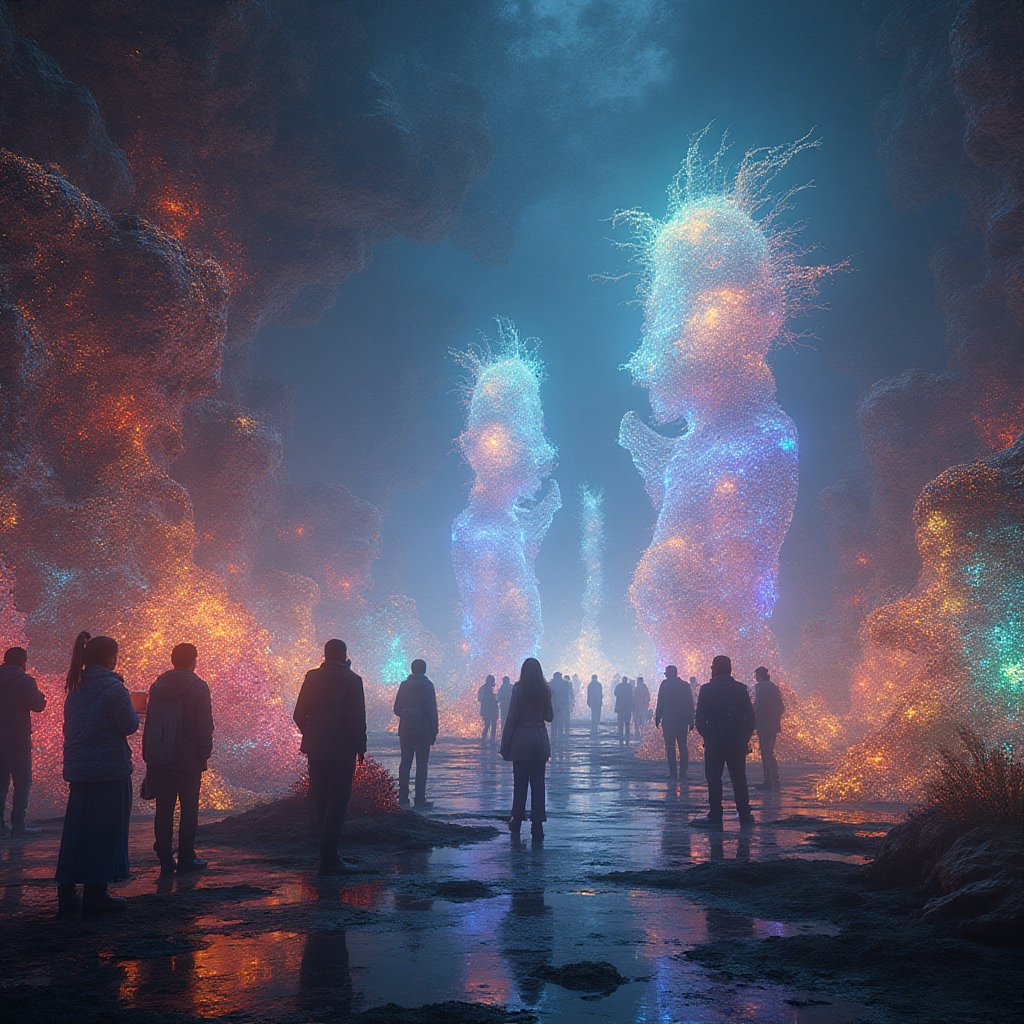
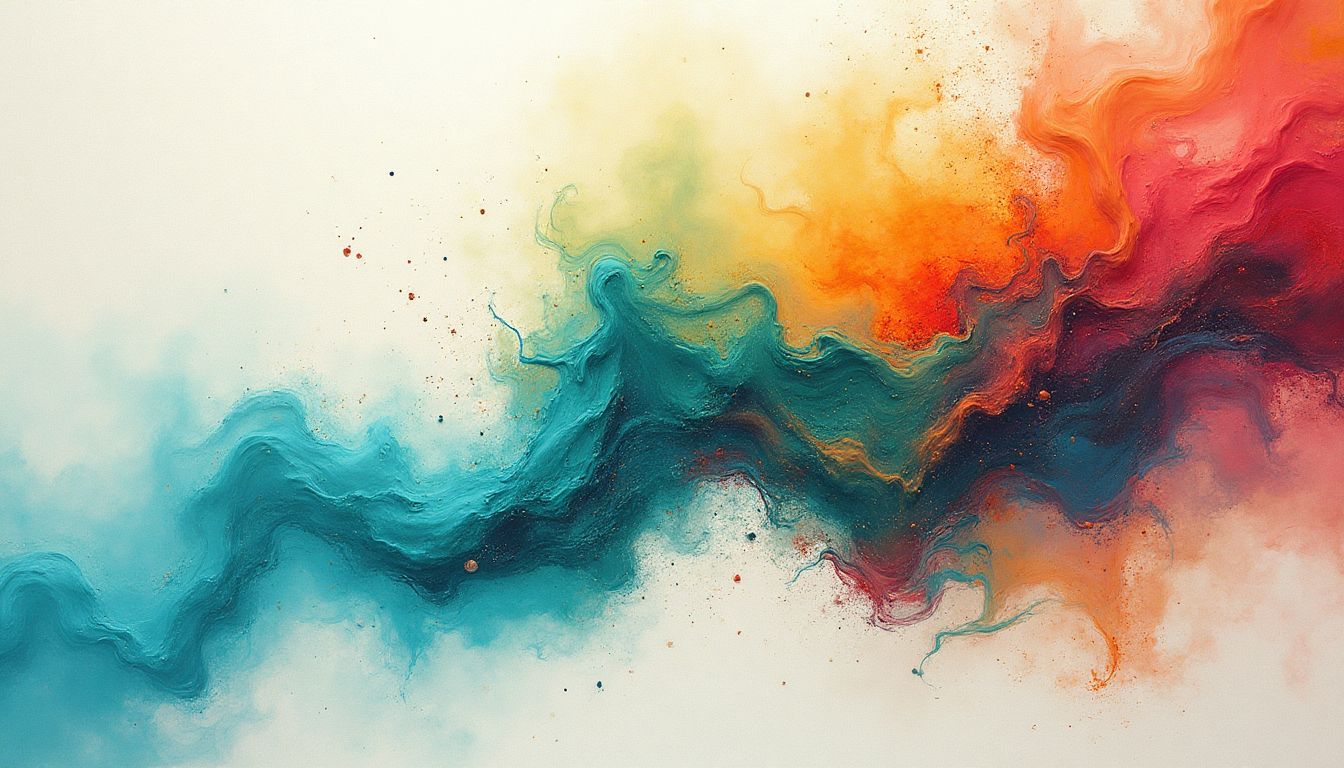
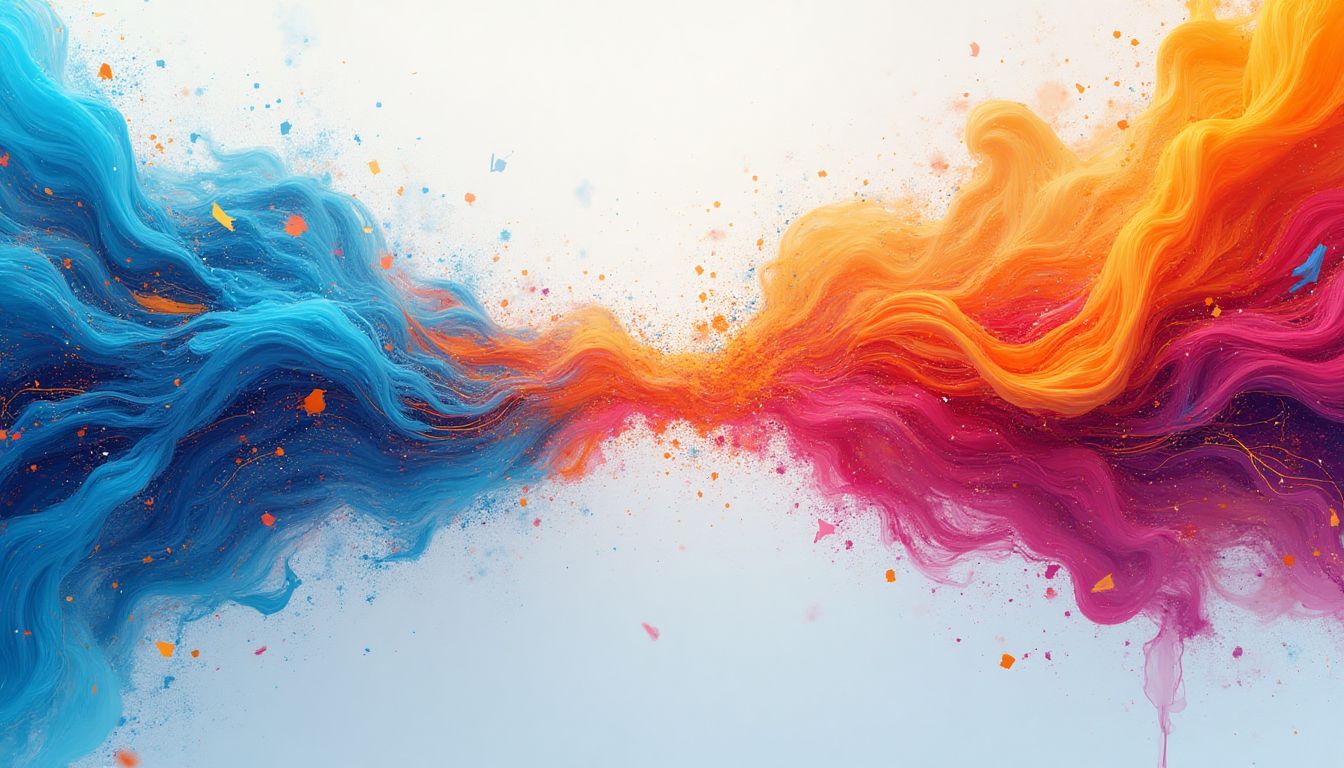
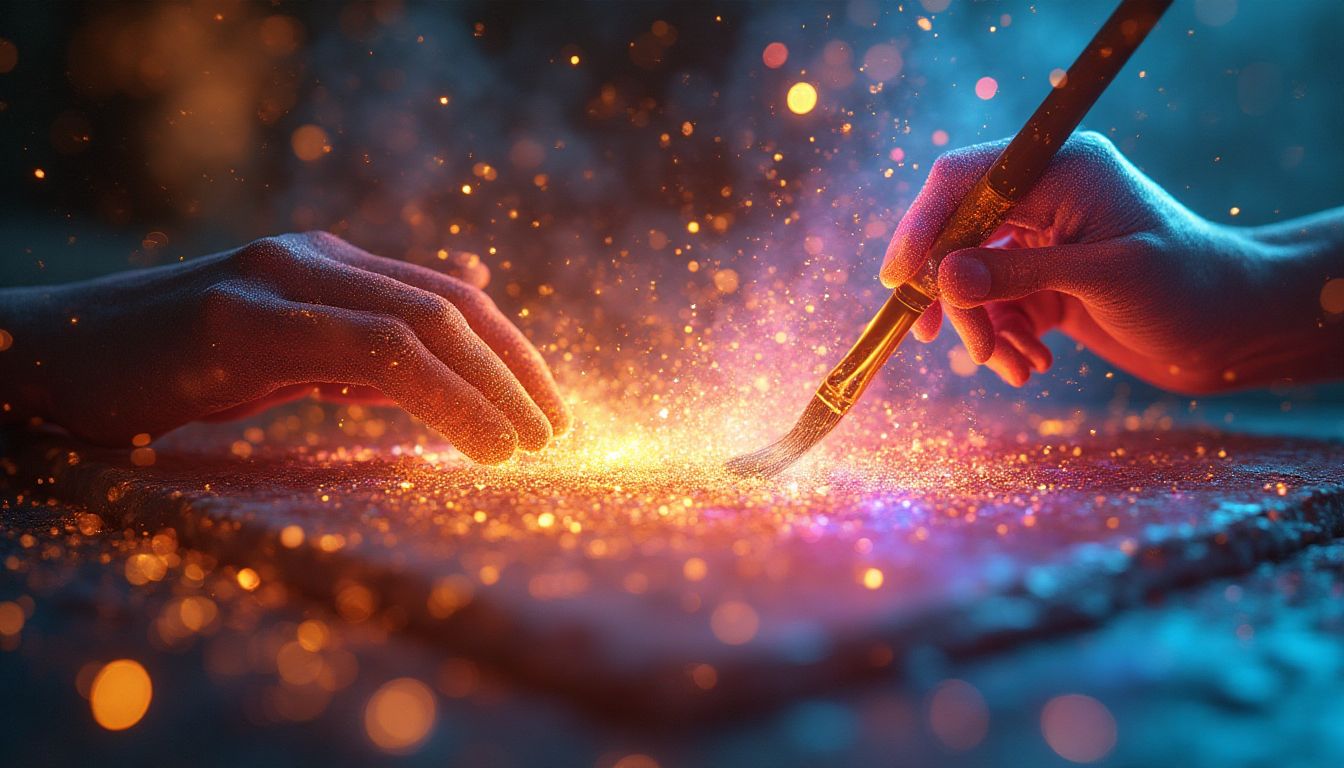
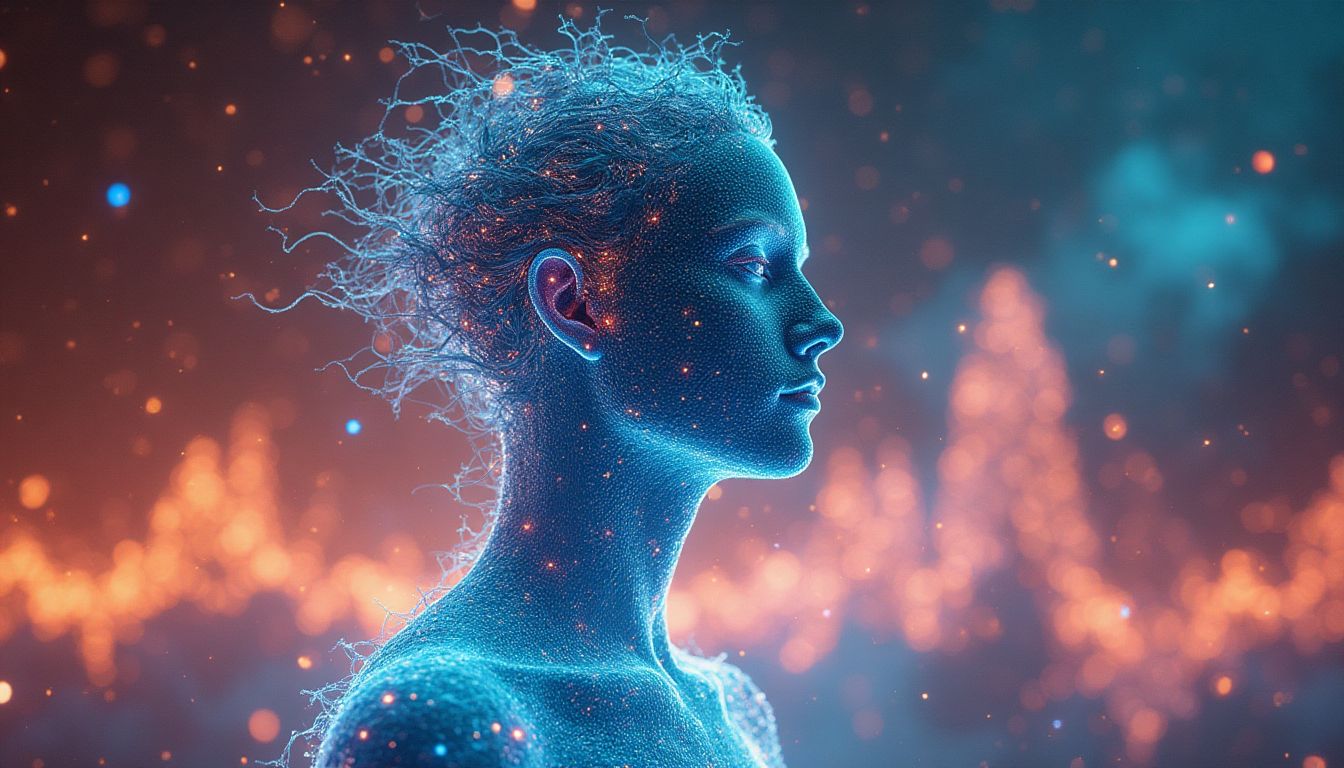
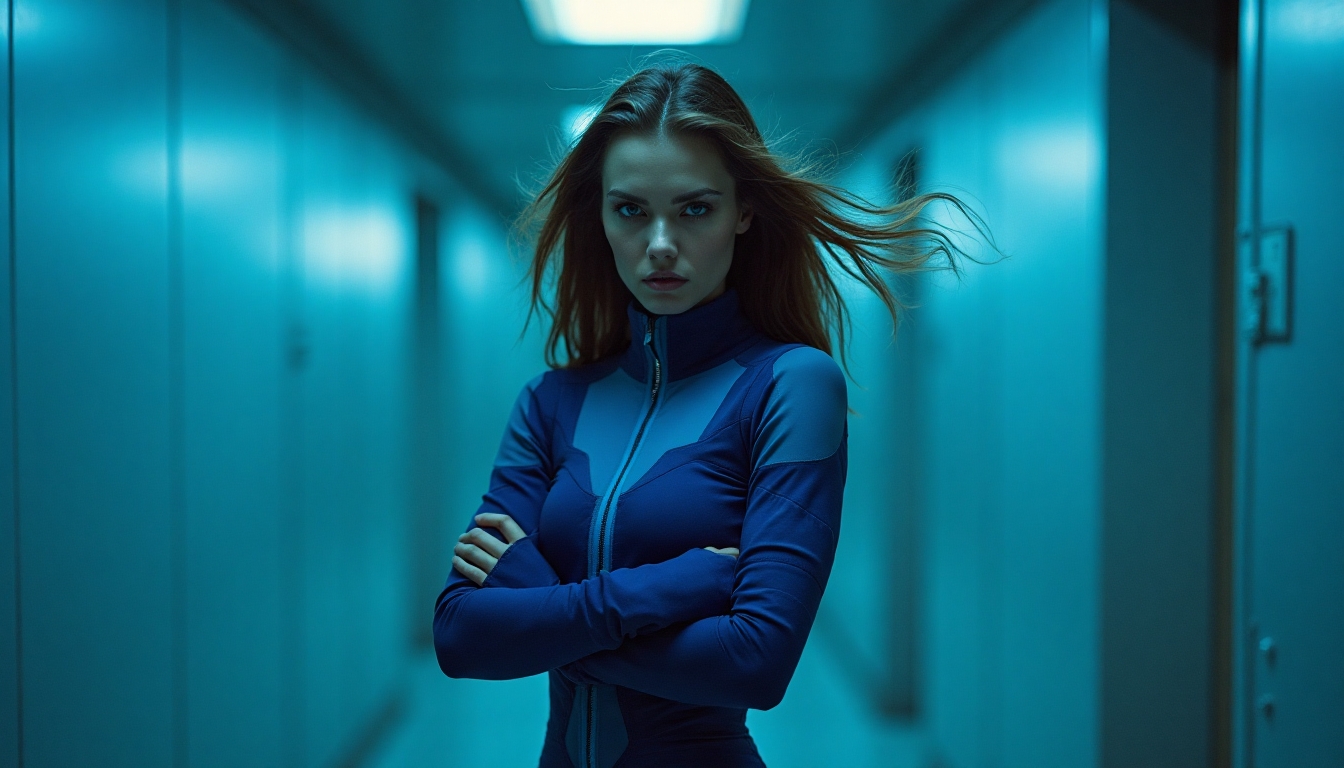
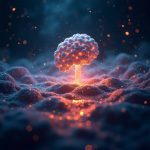



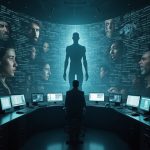
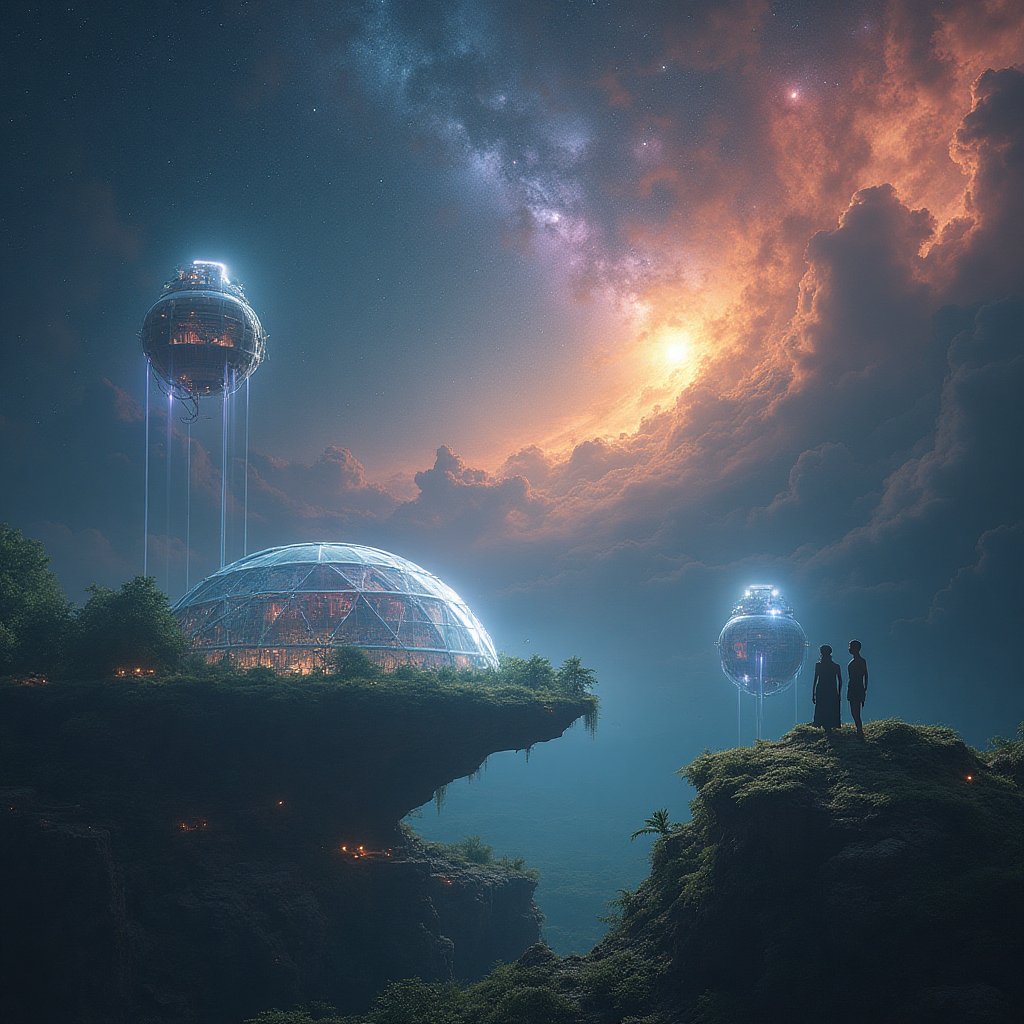
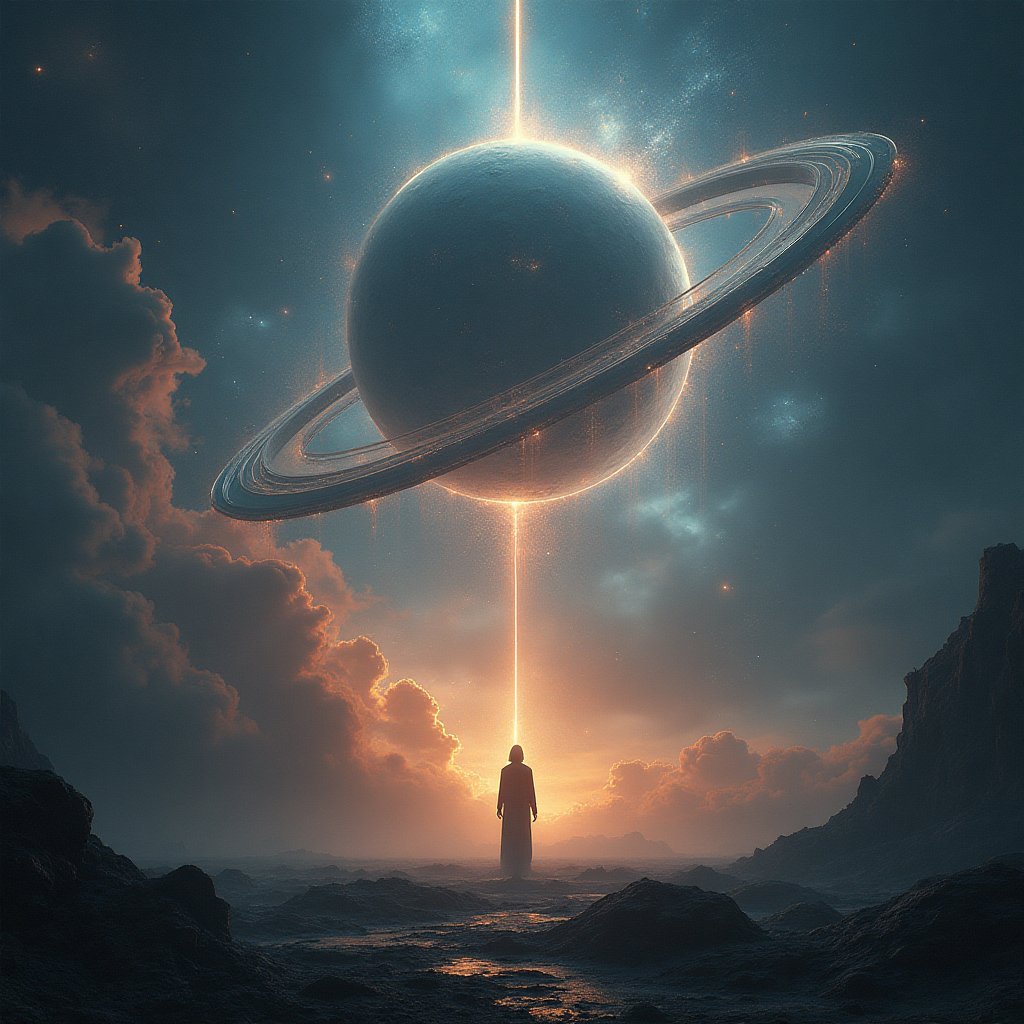
















Post Comment
You must be logged in to post a comment.